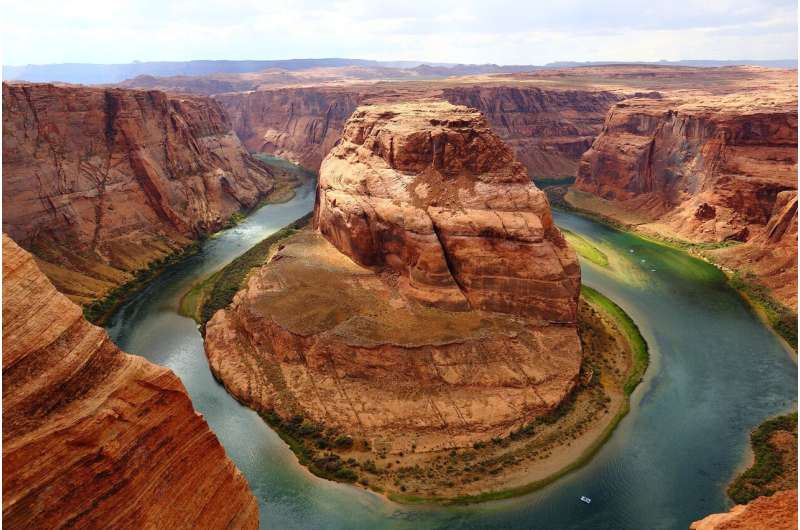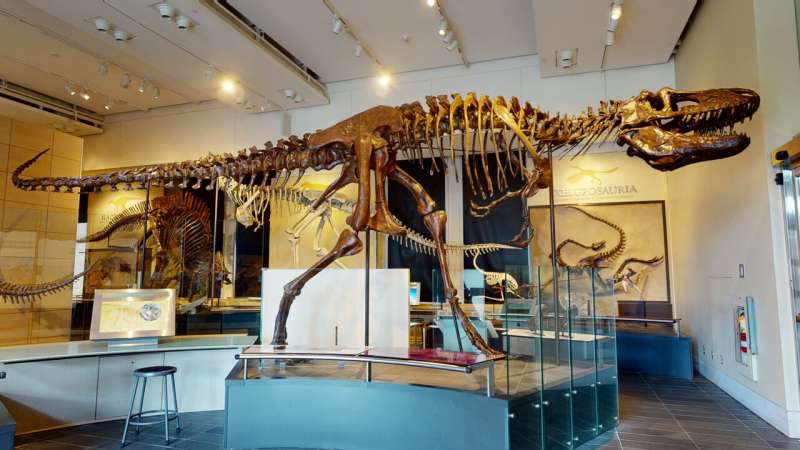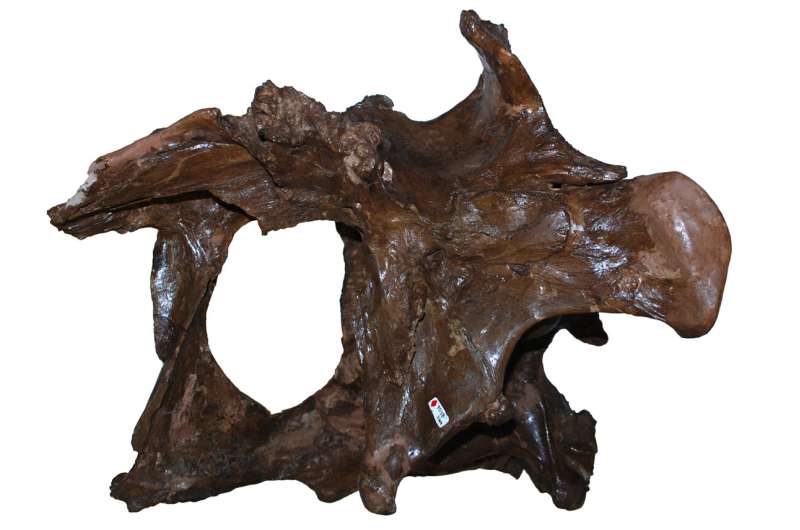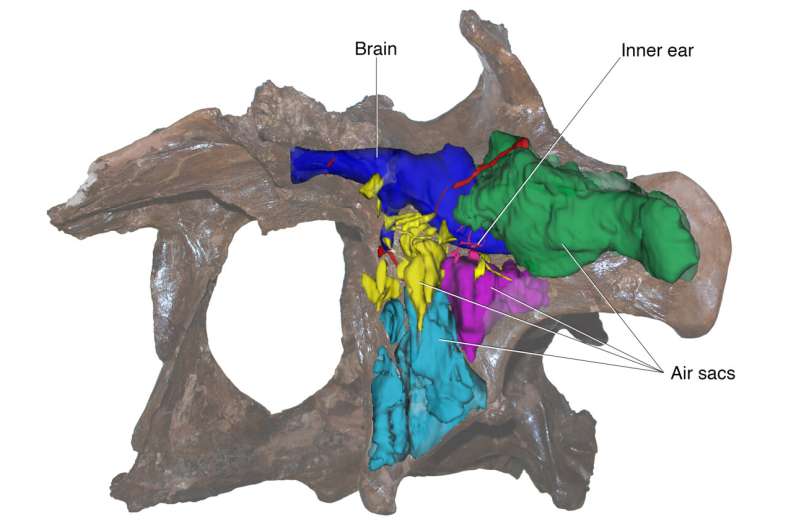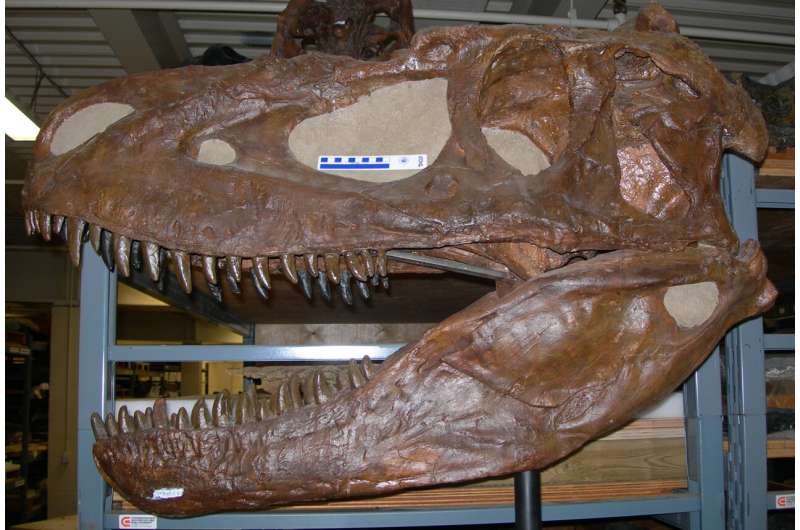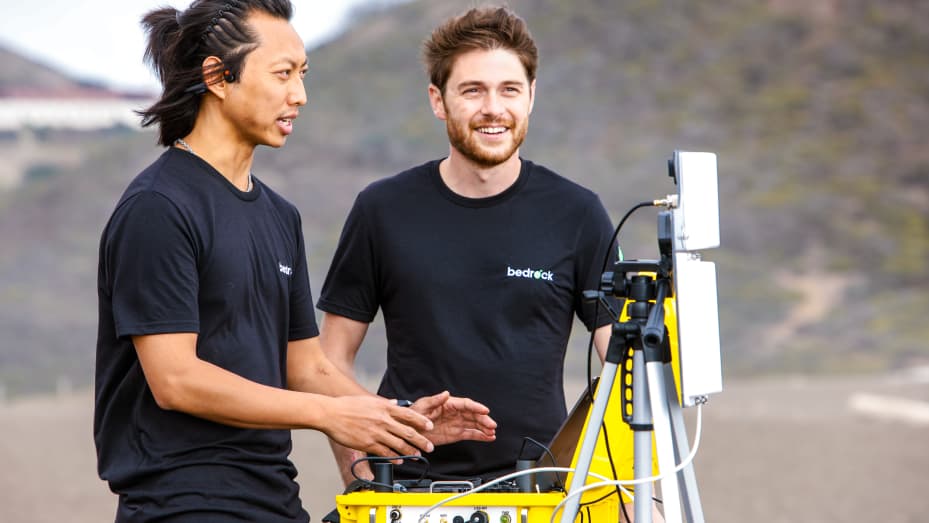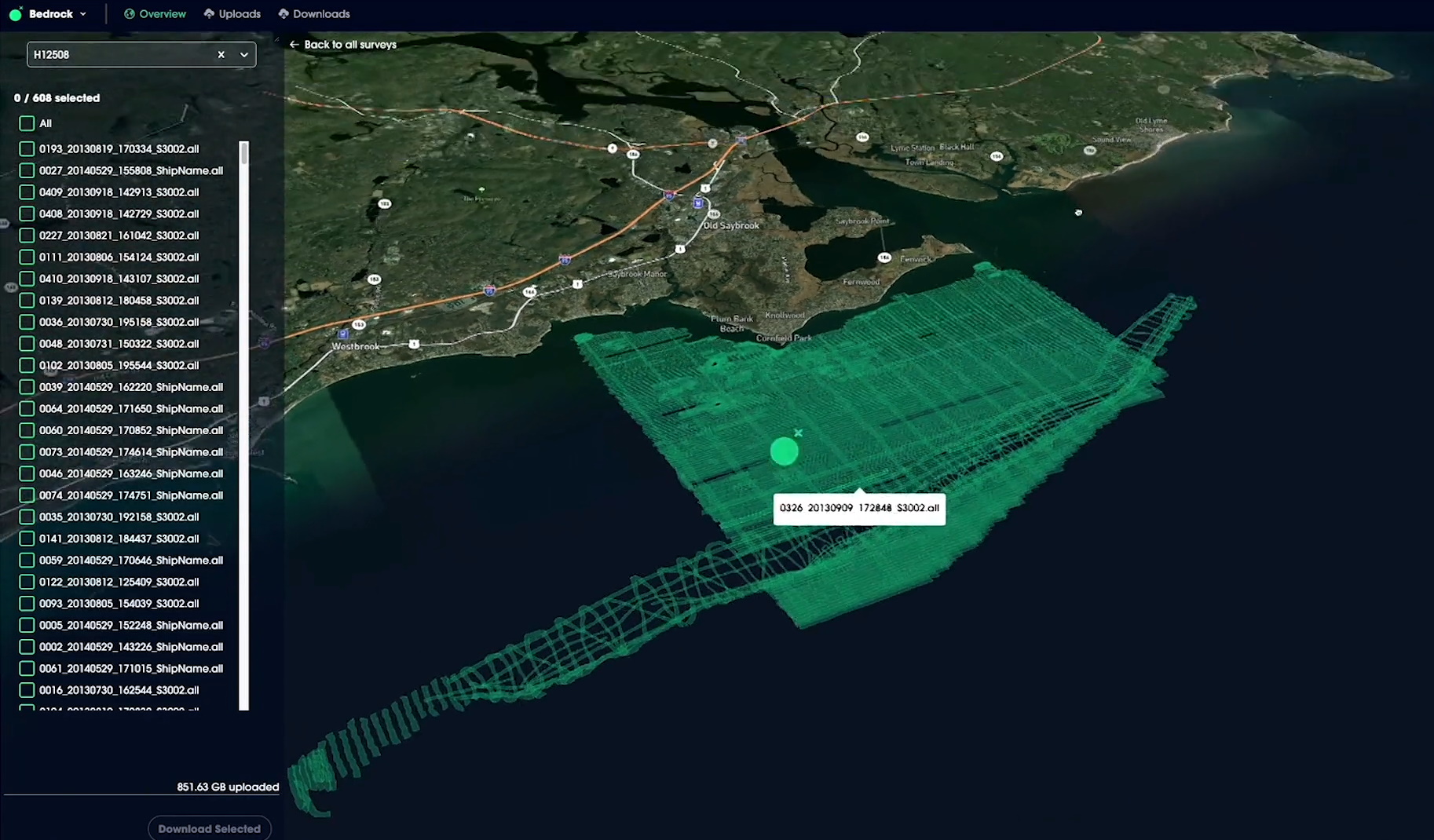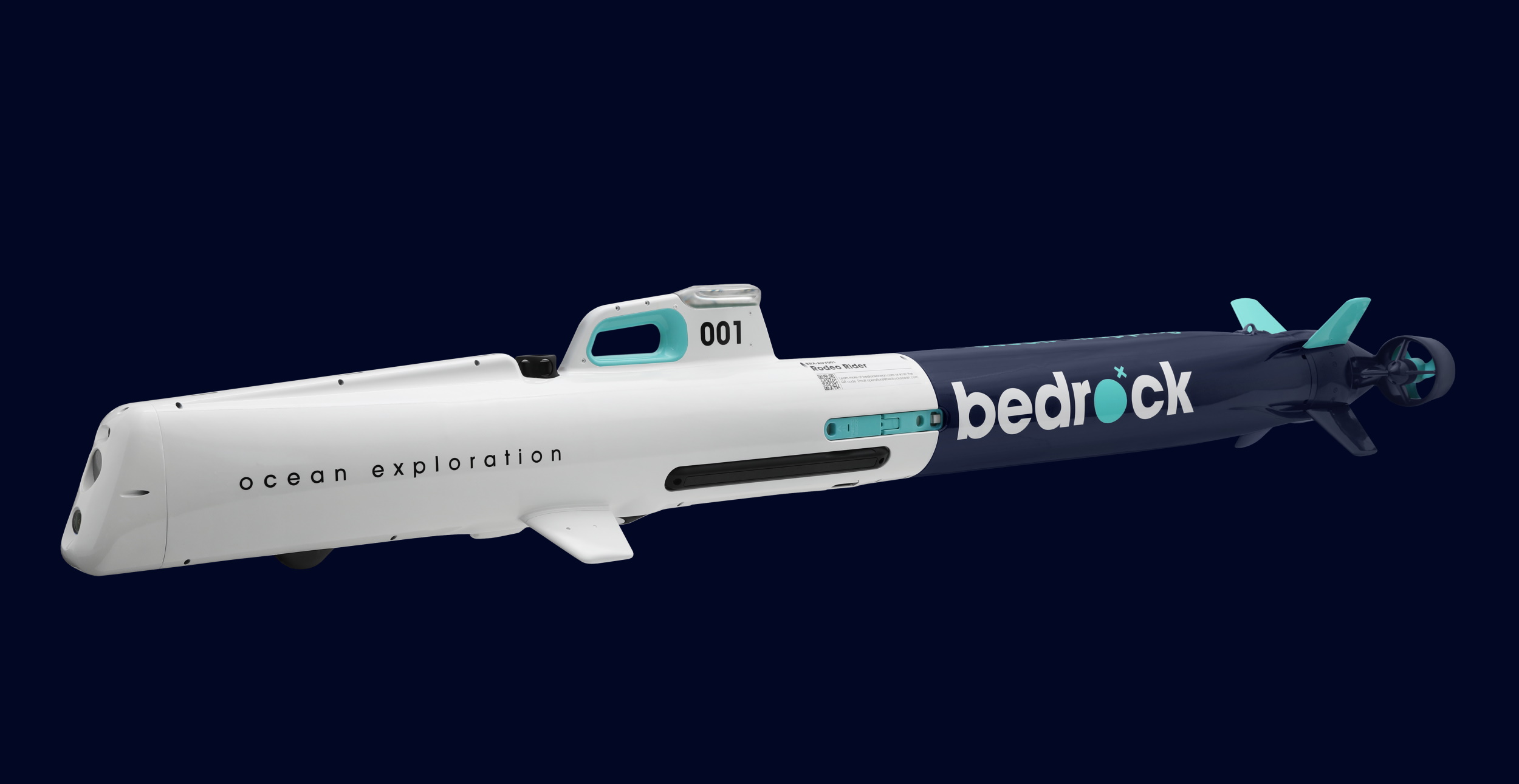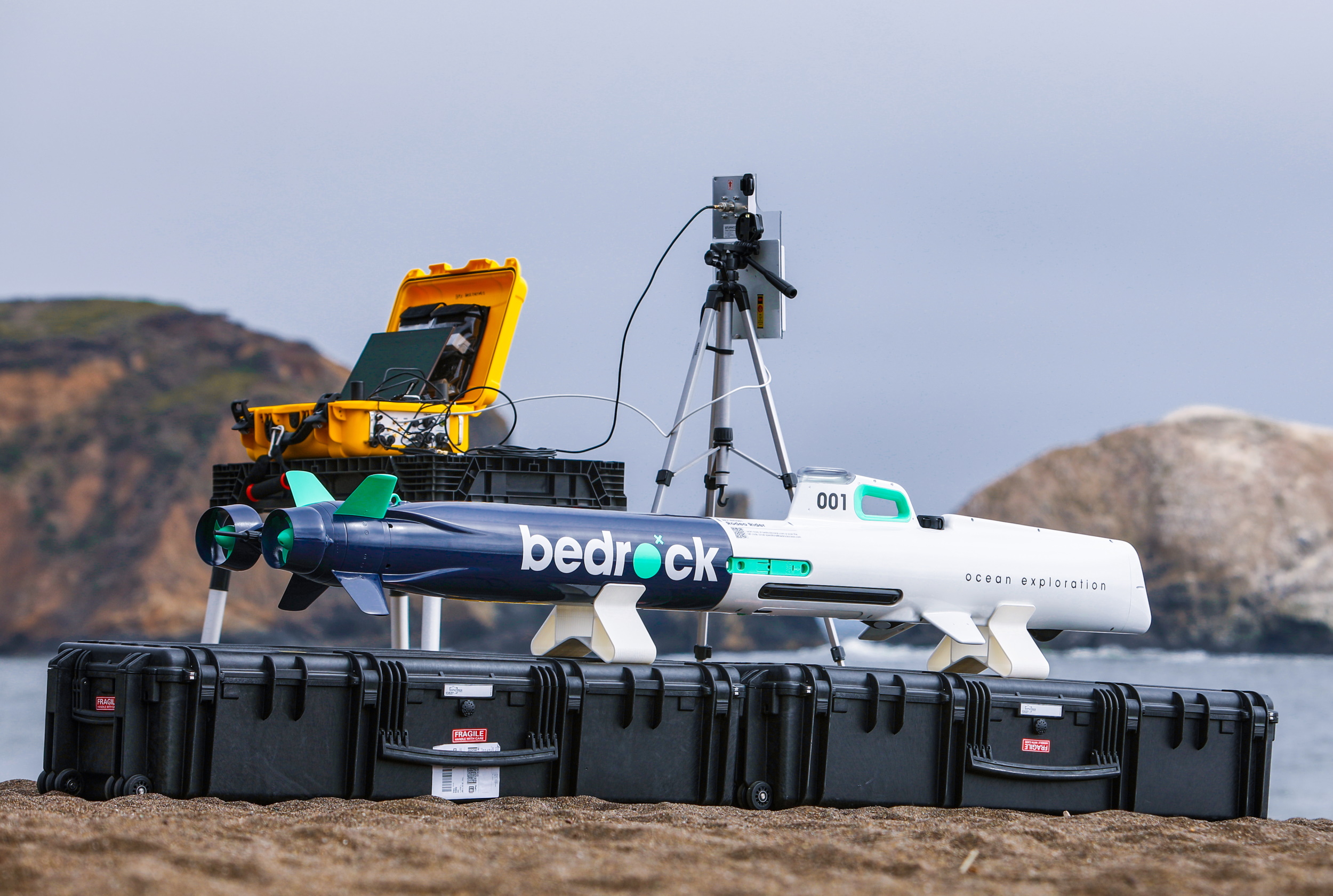Big Oil’s Foray Into Renewables Has Completely Changed The Market
That the oil and gas industry is problematic is perhaps too mild a way to put it. Fossil fuel producers have recently become the singular target of accusations and lawsuits from parties arguing that they are the only industry responsible for the effects of a changing climate. And now those same fossil fuel producers are coming after renewables. Big Oil is trying to green itself up, so it is bidding for wind farm construction tenders and buying other renewables assets. And in doing this, it is undermining the profit margins of renewable energy companies, Bloomberg’s Will Mathis recently wrote in an article.
There is a certain irony in the situation. Thanks to a surprisingly strong rebound in oil demand, Big Oil can afford to be generous with its wind and solar purchases and bids. On the other hand, devastating supply chain disruptions caused by the pandemic have prompted price increases in a lot of commodities, including raw materials for solar panels, making the panels costlier as well.
Neither of these trends is Big Oil’s fault, and yet it is the industry benefiting from them. According to Mathis, however, it is Big Oil’s fault that Ørsted, for instance, reported lower financial results for the first half of the year.
According to the Danish turbine maker itself, however, the lower results were related to a 4-percent decline in electricity output, which was the result of lower average wind speeds in the period.
“Earnings from our offshore and onshore wind farms in operation were DKK 0.3 billion lower compared to the same period last year,” Ørsted said in its first-half report, released earlier this month. “The increased generation capacity from new wind farms in operation was more than offset by significantly lower wind speeds across our portfolio.”
Mathis also cited the other big Danish name in wind turbines, Vestas, as suffering from Big Oil’s foray into its turf. Vestas, however, blamed the effects of Covid-19 on its lower first-quarter results and then reported stronger results for the second quarter as demand for wind generation capacity continued strong.
Another company mentioned in the article that laments the entry of Big Oil into renewables is Siemens Gamesa. The company itself attributed its weaker performance earlier this year to “The sharp increase of raw material prices” as well as to “Increased estimates of ramp-up costs for the Siemens Gamesa 5.X platform, especially in Brazil.”
Related: JP Morgan: Don’t Expect A ‘Shock’ Transition In Energy Markets
Now, there seems to be nothing easier than dumping the blame for everything that goes wrong in renewable energy onto Big Oil. When oil—and gas—is cheap, it is to blame for the lower uptake of EV and an overall feeling of discouragement in the adoption of wind and solar. When oil is expensive, it is expensive because of demand, and fills Big Oil’s coffers with cash that they can then use to encroach on renewable’s territory.
One would imagine that this is a reason for celebration—after all, with all that cash, Big Oil could do a lot to help the fast expansion of wind and solar generation capacity that the world is believed to need in order to avoid the worst of the climate change fallout. Yet, as Bloomberg’s Mathis notes, this intensifies competition in the space.
Competition should be the natural order of things, and rather than a reason for worry, it should be welcomed as a motivational push. This should be all the truer if the assertion Mathis makes—that “Green energy is now the cheapest source of electricity in most of the world”—reflects reality. Consumers are attracted to cheap things and willing to pay for a lot of them. This should be good for margins all around, even with Big Oil in the game.
Unfortunately, the “cheapest source of electricity” adage does not reflect reality to the extent that the authors who use it would like. It is a fact that the costs of wind and solar farms have declined dramatically over the last decade or so as technology improved and raw material costs fell due to abundant supply.
However, it is worth noting that both technologies are strongly reliant on government subsidies. China didn’t cancel wind and solar subsidies because it felt like it a couple of years ago. It canceled them because it could no longer afford to support those projects.
Shell, BP, and TotalEnergies, on the other hand, can afford to pay millions upon millions to beat competitors for new renewable energy projects. They are highly motivated, with shareholders, governments, and environmentalists looking over their shoulders at how they are tackling their carbon footprints. And however blasphemous it may sound to the ideologically inclined, they are partnering with renewables companies.
The thing about business is that it is not driven by ideology. Business is driven by the need to turn in a profit. Orsed, Vestas, and Siemens Gamesa know this, as do BP, Shell, and TotalEnergies. The influx of competitors in the wind and solar space is bound to sooner or later result in partnerships of mutual benefit. This would help Big Oil morph into Big Energy. Like it or not, it would be the natural way.
By Irina Slav for Oilprice.com
